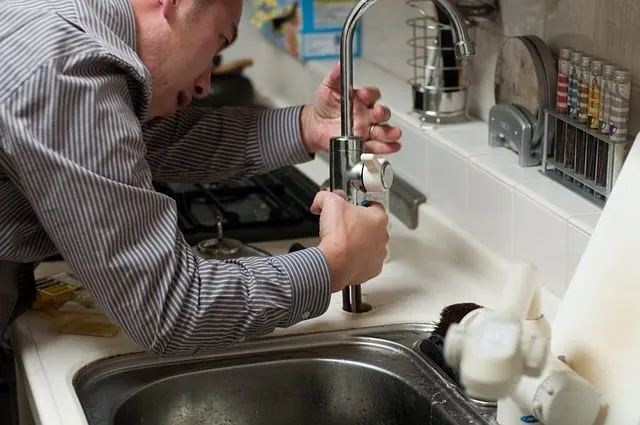
At times, clogged sinks require more than the popularly used plunger to unblock. This is because soap scum, hair, toothpaste, food residue, and other remnants, over time, build up to a thick and stubborn clog.
Fortunately, unblocking drains is one of the easiest home repair projects. However, before you brace yourself for a quick DIY fix, ensure that you pick the best cleaning solution for your blockages. Remember that some chemical-based cleaning detergents often cause severe damage to the system after a while.
All in all, you do not have to fret much trying to figure out how to unblock a sink effectively. Instead, try proven unclogging alternatives below that are equally safe and easy to use.
-
Vinegar and Baking Soda
This old method has continually demonstrated excellent results in kitchen and bathroom sinks. For a long-lasting solution, mix ½ vinegar and ½ cup baking soda in a container. Immediately the mixture starts fizzing up, pour it directly down the sink.
Allow your drain to sit for at least an hour because the fizzling activity helps remove grime and hair successfully. Finally, pour sizzling hot water until the drain becomes clear.
-
Boiling Water
Super hot water works perfectly in slow drains and the removal of soap scum. Depending on the blockage level, you can pour water down the drain approximately four to five times. Luckily the procedure works pretty fast, and gives impressive results within minutes.
However, do not attempt this method if your sinks have PVC pipes because extreme hot water easily damages or melts down the plastic used.
-
Clean out the P-trap
Sometimes debris can get stuck in the elbow-shaped duct under the sink. One quick fix is to disassemble the pipe and remove the gunk causing clogging. It is worth noting that the task is a bit messy and requires one to wear goggles, gloves, or an apron.
Next, place a container under the pipes to catch up debris and dirty water. It does not take long to unbolt the connectors to the P-trap. After cleaning up the grime, reconnect the pipe and test if water runs efficiently down the drain.
-
Do not Forget the Plumber’s Snake
Stubborn clogs require the potency of a plumber’s snake to clear. This practical tool has a coiled spiral wire which goes all the way down the drain. Once the device hits a hindrance, you can twist the handle to dislodge and pull it out.
Currently, you can find electric plumber snakes that have more power to tackle blocked drains. Nonetheless, you can also design makeshift snakes from iron coat hangers. Whatever tool you use, push it gently down the sink to avoid shoving the clog further. Keep repeating the procedure until you confirm that the debris is all gone. In the long run, flush down hot water to check if the sink works as expected.
-
Wet/Dry Vac
A vacuum cleaner comes in handy when tackling immovable clogs. Start by creating a seal at the end of the horse pipe for better results. After that, adjust your vacuum cleaner to maximum liquid settings and leave it running for a short while. In most cases, the strong suction is powerful enough to dislodge all types of clogs.
-
Salt and Baking Soda
Unknown to most people, a mixture of salt and baking soda is an effective remedy to clogs. All you need to do is combine ½ a cup of both components and mix well. Subsequently, pour the solution down the drain and water for roughly 15 minutes.
Later, pour extreme hot water and allow the three components to create an aggressive reaction that eventually unblocks tough clogs.
Last Word
An uncomplicated DIY fix often sorts out most blocked drains. Still, it is prudent to have well-thought strategies for major plumbing predicaments in the future. Above all consult vetted plumbers on an annual basis for extensive checkups and maintenance.
- Sagittarius Man & Gemini Woman Love and Sex Compatibility - January 31, 2024
- Taurus Ascendant Rising Personality Traits in Men (Guide) - January 31, 2024
- How to Seduce and Attract a Sagittarius Man (Seduction Tips) - January 31, 2024
